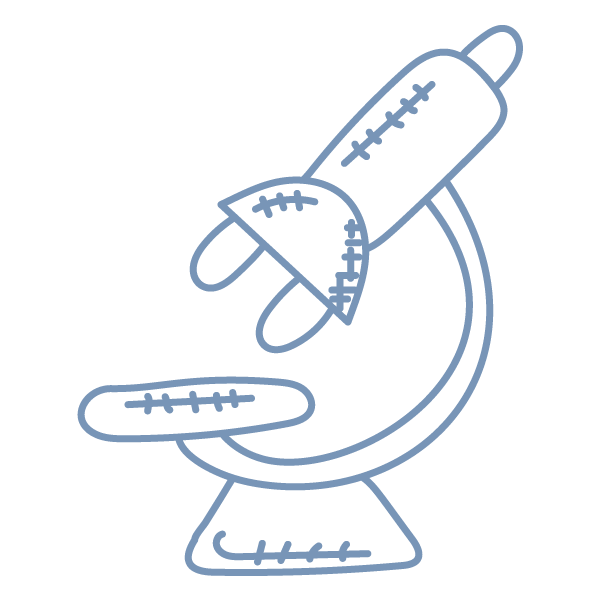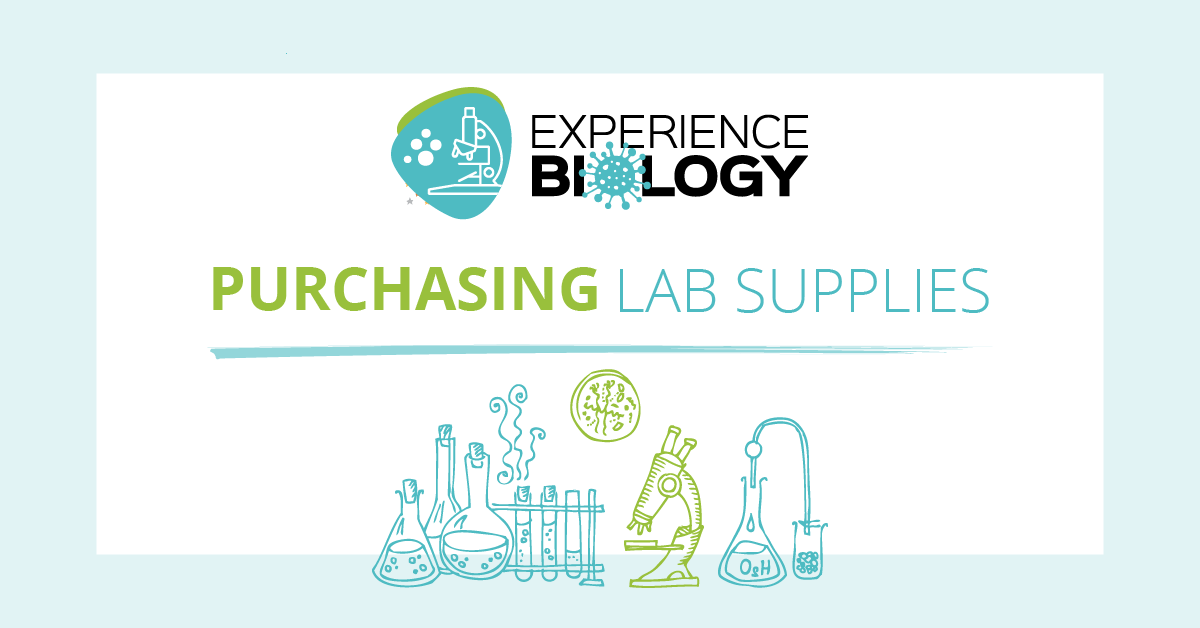
Homeschool Science Supplies for Experience Biology
For any family looking for a robust biology course, hands-on lab assignments are a must—and this involves purchasing supplies.
While most students favorite part of biology, is the labs, it’s not essential that students complete all of the labs. We’ve included instructions and video tutorials for completing 26 labs. We’d recommend your student choose at least 15 of these to complete themselves.
There are a number of ways parents can try to keep the cost of these supplies down.
A Word on Dissections
There’s no replacing the value that comes from a student actually dissecting a specimen and exploring biological structures on their own. However, if the specimens are completely out of budget, students may carefully watch the lab videos provided and glean information from those.
Access to a Microscope
Quite a few of the labs require the use of a microscope.
If you don’t own a microscope, try to borrow one.
- Some local libraries allow you to check out a microscope to use at home.
- Check with other homeschool families or local co-ops to see if they have one you could borrow.
If a microscope isn’t available to borrow, and you can’t fit one into your budget, a distant second-best option is to use the images provided in the Experience Biology lab videos and images. For most labs that require a microscope, we will provide you images of what your student would be looking at under a microscope if they had one.
Check out our Home Science Microscope Buying Guide
Where to Buy Homeschool Science Supplies?
We have worked with Cornerstone Educational Supplies and Home Science Tools to make purchasing lab supplies as affordable as possible for you.
These companies offer some of the best prices on science lab supplies we can find paired with fantastic customer service. They’ve made purchasing easy. You have two options…
1. Purchase a Kit!
The kits below have nearly all of the speciality items you’ll need, except the microscope (see our microscope buying guide for options) and elodea or other aquatic plant (you can find at a local pet shop).
- Experience Biology Kit from Cornerstone — this kit does not include the dogfish shark specimen
- Experience Biology Kit from Home Science Tools — this kit does not include the sea star specimen
2. Purchase your supplies a la carte
If you’d prefer to purchase just a few items at a time or you aren’t planning to complete all of the labs for the course, you can use this wish list to find the products you’ll need for the course. Be sure to purchase multiples where indicated on the list below!
- 2 of the set of 2 test tubes
- 3 of the set of 2 petri dishes
- 3 of the set of swab applicators
We recommend purchasing your lab supplies 3-4 weeks before your chosen start date to ensure they have plenty of time to get to you and that your dissection specimens are not too old when it’s time to use them.
Canadian Families
Please see this page for a special note on sourcing lab supplies.

Lab Supplies Listed by Lesson
Below is a list of lab supplies needed for each lesson. Alternatively, you can see the complete list of special lab supplies that will need to be order from a supplier and household supplies here.
Week 1: Microscope Basics
- Compound microscope
- Glass slides
- Glass coverslips
- Typed lowercase e’s (cut out of newspaper, magazine, or printed off of a computer)
- Small pieces of fabric: cotton, wool, polyester
- Scissors
- Water dropper or pipette
Week 2: Elements of a Good Lab Report
Week 3: Comparing Plant & Animal Cell Structures
- Compound microscope
- Microscope slides
- Cover slips
- Methylene blue
- Toothpicks
- Pipette or dropper
- Sprig of elodea
Week 4 & 5: Comparing Chlorophyll & Starch in Leaves
- Mature, healthy plant (english ivy, geranium or similar would work well)
- Black construction paper
- White paper
- Scissors
- Paper clips
- Safety goggles
- Alcohol
- Stove with small pan
- Iodine
- 4 Test tubes
- Test tube rack (recommended)
- Wax pencil (recommended)
Week 6: NO LAB
Week 7: Mitosis in an Onion Root Tip
Week 8: Punnett Square Assignment
Week 9: Dragon Genetics
- 6 popsicle sticks
- Markers (red, blue, yellow, green)
Week 10: Exam 1 (NO LAB)
Week 11: Constructing a Classification System
Week 12: Microorganisms in Your Environment
- 5 Petri dishes of nutrient agar
- Masking tape
- Cotton swabs
Week 13: Observing Protists from 3 Phyla
Week 14: Observing Fungus from 3 Phyla
- Rhizopus nigricans prepared slide
- Penicillum prepared slide
- Mushroom
- Paper towel
Week 15: NO LAB
Week 16: Comparing Monocot & Dicot Stem, Leaf, and Root Tissue
Week 17: Examining the Reproductive Structures of Flowers
- 2-3 different flowers (gladiola, lily, tulip, or daffodil would all work well)
- Dissection tools
Week 18: Exam 2 (NO LAB)
Week 19: NO LAB
Week 20: Worm Dissection
Week 21: Sea Star Dissection
- Preserved sea star
- Hand lens
- Dissection tools
- Dissection pan
Week 22: Clam Dissection
Week 23: Crayfish Dissection
Week 24: Shark Dissection
Week 25: NO LAB
Week 26: Fetal Pig Dissection
- Dissection pan
- T-pins
- String or twine
Week 27: Exam 3 (NO LAB)
Week 28: Chicken Wing Dissection
- Dissection Kit
- Dissection pan
- Chicken Wing
Week 29: Comparing Respiration and Heart Rate in Individuals
- Stopwatch
- Calculator
- 2 volunteers
Week 30: Reaction Time
- Ruler
- Stopwatch
Week 31: Observation of Epithelial Tissue
Week 32: Impact of Exercise on Lung Excretions
- 3 – 50 mL flasks, beakers, or mason jars
- Straws
- Bromothymol blue
- Watch or stopwatch (times in seconds)


